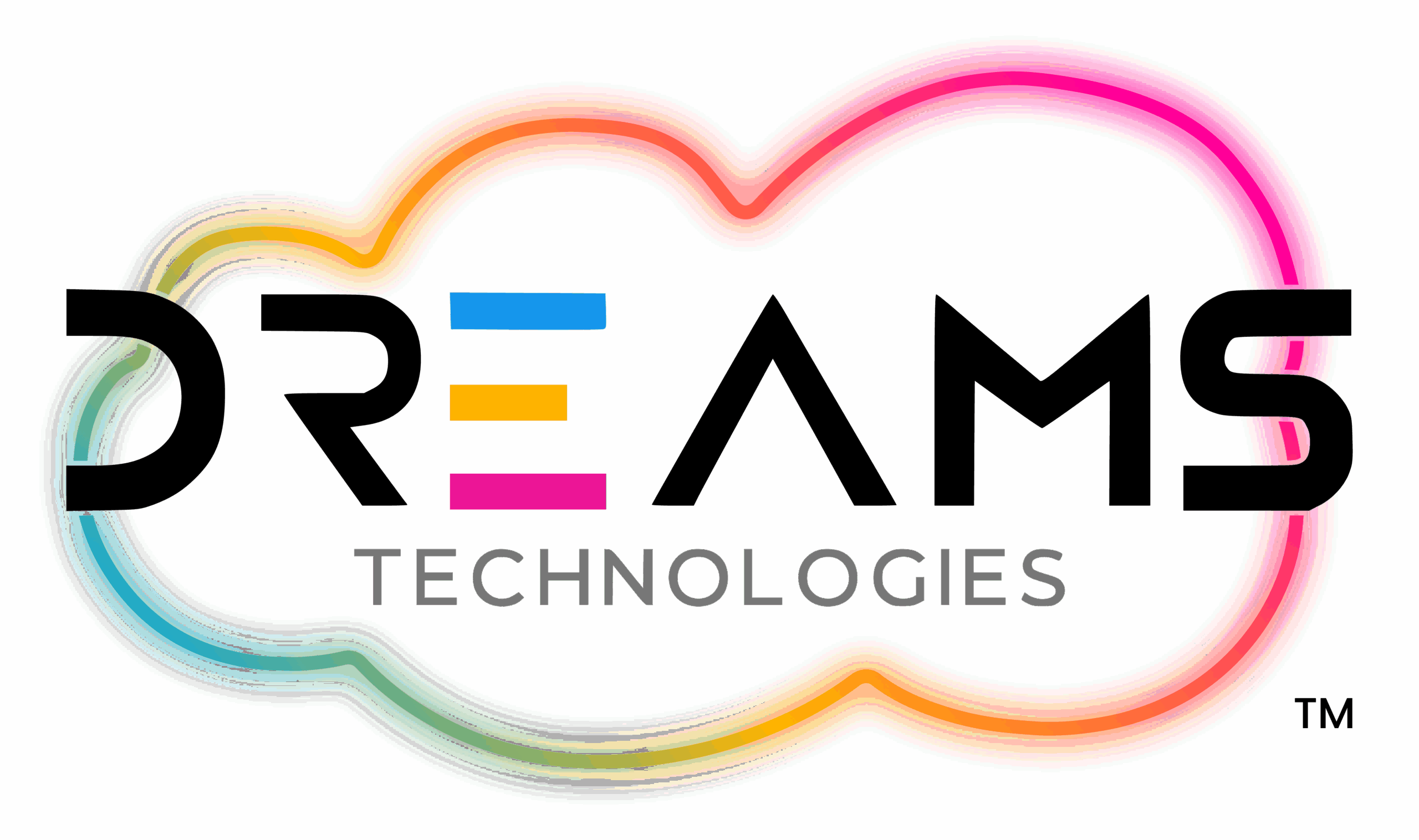
As remote healthcare continues to advance, it’s crucial for healthcare professionals and patients to grasp the distinctions between telehealth, telemedicine, and telecare. Although these terms are often used interchangeably, they represent different facets of remote healthcare services, each with unique benefits and applications. In this blog, we’ll explore these differences and examine how they are shaping the future of healthcare. The American Telemedicine Association is dedicated to advancing telehealth by ensuring safe, affordable, and accessible care for everyone, aiming to enhance the system’s impact.
Linkedin : https://bit.ly/3Yy47s8
What is Telehealth?
Telehealth is an overarching term that covers a wide array of digital health services. It goes beyond just remote consultations and medical care to include educational resources, wellness programs, and health promotion activities. In essence, telehealth aims to enhance the overall health experience by utilizing technology to provide diverse forms of remote support. This can range from virtual wellness programs and online health education to remote monitoring of health metrics.
Key Features:
![]() Educational Resources: Access to health education, online courses, and wellness programs.
Educational Resources: Access to health education, online courses, and wellness programs.
![]() Virtual Support: Remote health monitoring and virtual health promotion activities.
Virtual Support: Remote health monitoring and virtual health promotion activities.
![]() Health Coaching: Personalized guidance for lifestyle changes and health goals.
Health Coaching: Personalized guidance for lifestyle changes and health goals.
![]() Disease Management Programs: Support for managing chronic conditions through online tools and resources.
Disease Management Programs: Support for managing chronic conditions through online tools and resources.
![]() Remote Health Assessments: Initial health evaluations through digital platforms.
Remote Health Assessments: Initial health evaluations through digital platforms.
What is Telemedicine?
Telemedicine is a specific subset of telehealth focused on delivering remote clinical services. It encompasses virtual consultations, remote diagnostics, and follow-up appointments, allowing healthcare professionals to provide medical care without requiring physical visits. Telemedicine is designed to replicate in-person medical services through digital platforms, making it easier for patients to receive care from the comfort of their homes.
Key Features:
![]() Virtual Consultations: Real-time medical advice and treatment via video calls.
Virtual Consultations: Real-time medical advice and treatment via video calls.
![]() Remote Diagnostics: Diagnostic tools and procedures conducted without in-person visits.
Remote Diagnostics: Diagnostic tools and procedures conducted without in-person visits.
![]() Follow-Up Appointments: Regular check-ins and treatment reviews through digital platforms.
Follow-Up Appointments: Regular check-ins and treatment reviews through digital platforms.
![]() E-Prescriptions: Electronic prescriptions sent directly to pharmacies.
E-Prescriptions: Electronic prescriptions sent directly to pharmacies.
![]() Virtual Health Records: Access to and management of patient health records online
Virtual Health Records: Access to and management of patient health records online
What is Telecare?
Telecare is dedicated to remote support and monitoring, particularly for individuals with chronic conditions or those in need of ongoing care. Unlike telemedicine, which is more clinically oriented, telecare focuses on long-term management and monitoring. It includes home monitoring devices, remote patient management systems, and alerts for caregivers, all aimed at improving quality of life and facilitating early intervention for chronic conditions.
Key Features:
![]() Continuous Monitoring: Devices for tracking health metrics such as blood pressure, glucose levels, and heart rate.
Continuous Monitoring: Devices for tracking health metrics such as blood pressure, glucose levels, and heart rate.
![]() Caregiver Alerts: Notifications for caregivers about patient status or emergencies.
Caregiver Alerts: Notifications for caregivers about patient status or emergencies.
![]() Remote Patient Management: Tools for managing patient health remotely, including medication adherence and daily activity tracking.
Remote Patient Management: Tools for managing patient health remotely, including medication adherence and daily activity tracking.
![]() Emergency Response Systems: Immediate alerts and support for urgent situations.
Emergency Response Systems: Immediate alerts and support for urgent situations.
![]() Personalized Care Plans: Tailored care plans developed based on remote monitoring data.
Personalized Care Plans: Tailored care plans developed based on remote monitoring data.
Benefits of Each Approach
![]() Telehealth: Provides a broad approach to remote health services, enhancing access to information and promoting proactive health management through virtual programs.
Telehealth: Provides a broad approach to remote health services, enhancing access to information and promoting proactive health management through virtual programs.
![]() Telemedicine: Enhances access to clinical services, reduces wait times, and facilitates timely medical interventions without the need for travel.
Telemedicine: Enhances access to clinical services, reduces wait times, and facilitates timely medical interventions without the need for travel.
![]() Telecare: Offers ongoing support for chronic conditions, helping patients stay connected with caregivers and healthcare providers, thus reducing emergency care needs and hospital readmissions.
Telecare: Offers ongoing support for chronic conditions, helping patients stay connected with caregivers and healthcare providers, thus reducing emergency care needs and hospital readmissions.
What Every Physician Needs to Know
For healthcare providers, understanding these distinctions is essential for optimizing patient care:
![]() Telehealth: Offers valuable educational resources and engagement opportunities but requires effective communication and integration with healthcare systems.
Telehealth: Offers valuable educational resources and engagement opportunities but requires effective communication and integration with healthcare systems.
![]() Telemedicine: Provides a direct method for remote consultations and care but demands best practices for virtual interactions and data security.
Telemedicine: Provides a direct method for remote consultations and care but demands best practices for virtual interactions and data security.
![]() Telecare: Crucial for managing chronic conditions and continuous support, necessitating awareness of available technologies and their integration into care plans.
Telecare: Crucial for managing chronic conditions and continuous support, necessitating awareness of available technologies and their integration into care plans.
Introducing Doccure: IoT-Integrated Telemedicine Software
Leading the charge in telemedicine innovation is Doccure, an advanced IoT-integrated telemedicine platform designed to transform remote patient care. Doccure seamlessly integrates data from various wearable devices and health monitoring tools, providing real-time health insights that enhance the efficacy of remote consultations and patient management.
Key Features of Doccure’s Telemedicine Software:
![]() Real-Time Data Integration: Connects with a wide range of wearable devices, offering healthcare providers real-time insights into patient health.
Real-Time Data Integration: Connects with a wide range of wearable devices, offering healthcare providers real-time insights into patient health.
![]() Enhanced Remote Consultations: Improves the quality and efficiency of virtual consultations through comprehensive health metrics.
Enhanced Remote Consultations: Improves the quality and efficiency of virtual consultations through comprehensive health metrics.
![]() Advanced Analytics: Utilizes AI-driven analytics for predictive insights and personalized treatment plans.
Advanced Analytics: Utilizes AI-driven analytics for predictive insights and personalized treatment plans.
![]() Interactive Patient Engagement: Includes features that keep patients actively involved in their health management.
Interactive Patient Engagement: Includes features that keep patients actively involved in their health management.
Transform how you manage patient care with Doccure’s advanced telemedicine solutions. Request a Demo or Contact Us today to see how our platform can benefit your hospital, clinic, or independent practice. Call@ UK : +44-7438823475 | India : +91-9600008844
The Future of Remote Healthcare
The telemedicine market was valued at $87.41 billion in 2022 and is expected to grow to $286.22 billion by 2030, with a CAGR of 17.2% from 2023 to 2030.
The future of remote healthcare is promising, driven by technological advancements that enhance telehealth, telemedicine, and telecare.
Innovations such as AI and machine learning are advancing these services, while greater integration with electronic health records (EHRs) is making remote care more efficient and effective.
As technology progresses, understanding the differences between telehealth, telemedicine, and telecare will become increasingly important for meeting patient needs.
Embracing cutting-edge solutions like Doccure’s IoT-integrated telemedicine software will enable healthcare providers to deliver more effective, accessible, and personalized care.
Final Thoughts
Telehealth, telemedicine, and telecare each play a vital role in the evolving remote healthcare landscape. By recognizing their differences and leveraging advanced technologies like Doccure, both healthcare providers and patients can better navigate and utilize these services to enhance health outcomes and improve the overall healthcare experience.
